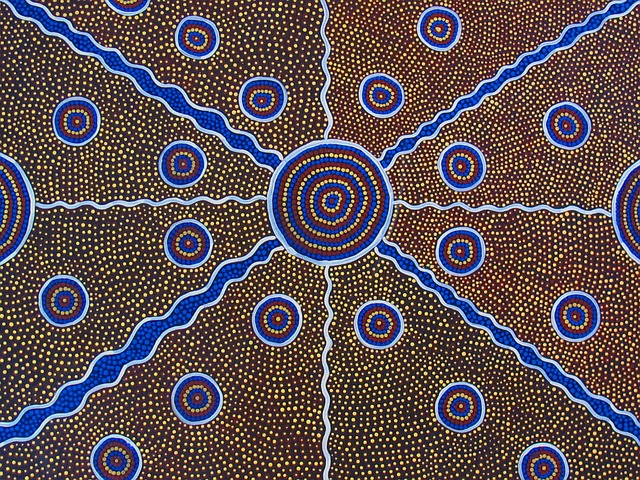Art has long been considered an integral part of home decoration. It not only adds beauty and aesthetic appeal but also reflects the personality and taste of the homeowner. Over the years, the art world has witnessed a fascinating evolution, with a shift from traditional to contemporary styles. This transition has opened up a plethora of choices for individuals looking to adorn their homes with various art pieces. The subsequent points will explore the charm of both traditional and contemporary aboriginal paintings and discuss how they can transform your living spaces.
The Timeless Appeal of Traditional Art
Traditional art forms have stood the test of time, enchanting generations with their rich history and cultural significance. These artworks often depict scenes from mythology, religious narratives, historical events, and traditional customs. They are known for their intricate details, vivid colours, and classic compositions.
One famous traditional art style is oil painting, a centuries-old favoured medium. Oil paintings can bring a touch of elegance and sophistication to any space. They create a sense of nostalgia and provide a glimpse into the past. A well-executed landscape or a portrait can become the focal point of a room, evoking a sense of tranquillity and beauty.
Another traditional art form that continues to captivate art enthusiasts is pottery. Decorative pots, vases, and ceramic figurines showcase the craftsmanship of skilled artisans. These pieces add visual interest and infuse warmth and a rustic charm into the surroundings. Traditional pottery can be displayed on shelves, mantelpieces, or used as centrepieces on dining tables, instantly elevating the room’s ambience.
The Emergence of Contemporary Art
In recent years, contemporary art has gained immense popularity as a means of self-expression and experimentation. Unlike traditional art, contemporary artworks often break away from conventional norms and challenge traditional ideas. They encompass various mediums, including paintings, sculptures, installations, and mixed media.
Abstract art, a prominent genre within contemporary art, offers a unique visual experience. Aboriginal paintings use colours, shapes, and forms to convey emotions and ideas, allowing viewers to interpret the artwork in their own way. These bold and expressive pieces can inject energy and creativity into a room, creating a captivating focal point.
Traditional and contemporary sculptures are another avenue to explore when it comes to home decoration. Contemporary sculptures, with their unconventional shapes and materials, can add modernity and sophistication to any space. Whether it’s a minimalist metal sculpture or a thought-provoking mixed-media installation, sculptures provide an intriguing three-dimensional element to your home decor.
Mixing Tradition and Contemporary
One exciting aspect of home decoration is combining traditional and contemporary art pieces. Combining these different styles creates a visually dynamic and eclectic environment. The juxtaposition of a classic oil painting against a sleek modern sculpture can create a striking contrast that adds depth and character to a room.
Moreover, integrating diverse art pieces allows you to showcase your individuality and personal taste. It allows you to curate a collection that resonates with your unique style, interests, and cultural background. This fusion of art forms can create a harmonious balance, blending the nostalgia of the past with the innovation of the present.
Considerations for Home Decoration
When selecting art pieces for your home, it is essential to consider the overall theme and style of your living spaces. Traditional art might suit a more formal and traditional setting, while contemporary art can complement modern or minimalist decor. However, don’t be afraid to experiment and mix different styles to create an engaging and personalised environment.
Additionally, factors like the size of the artwork, the colour scheme, and the available wall space should also be taken into account. Large, bold artworks can make a powerful statement in spacious rooms, while smaller pieces can be grouped together for a gallery-like effect. It’s important to ensure that the artwork harmonises with the existing furniture and décor, creating a cohesive and balanced atmosphere.



